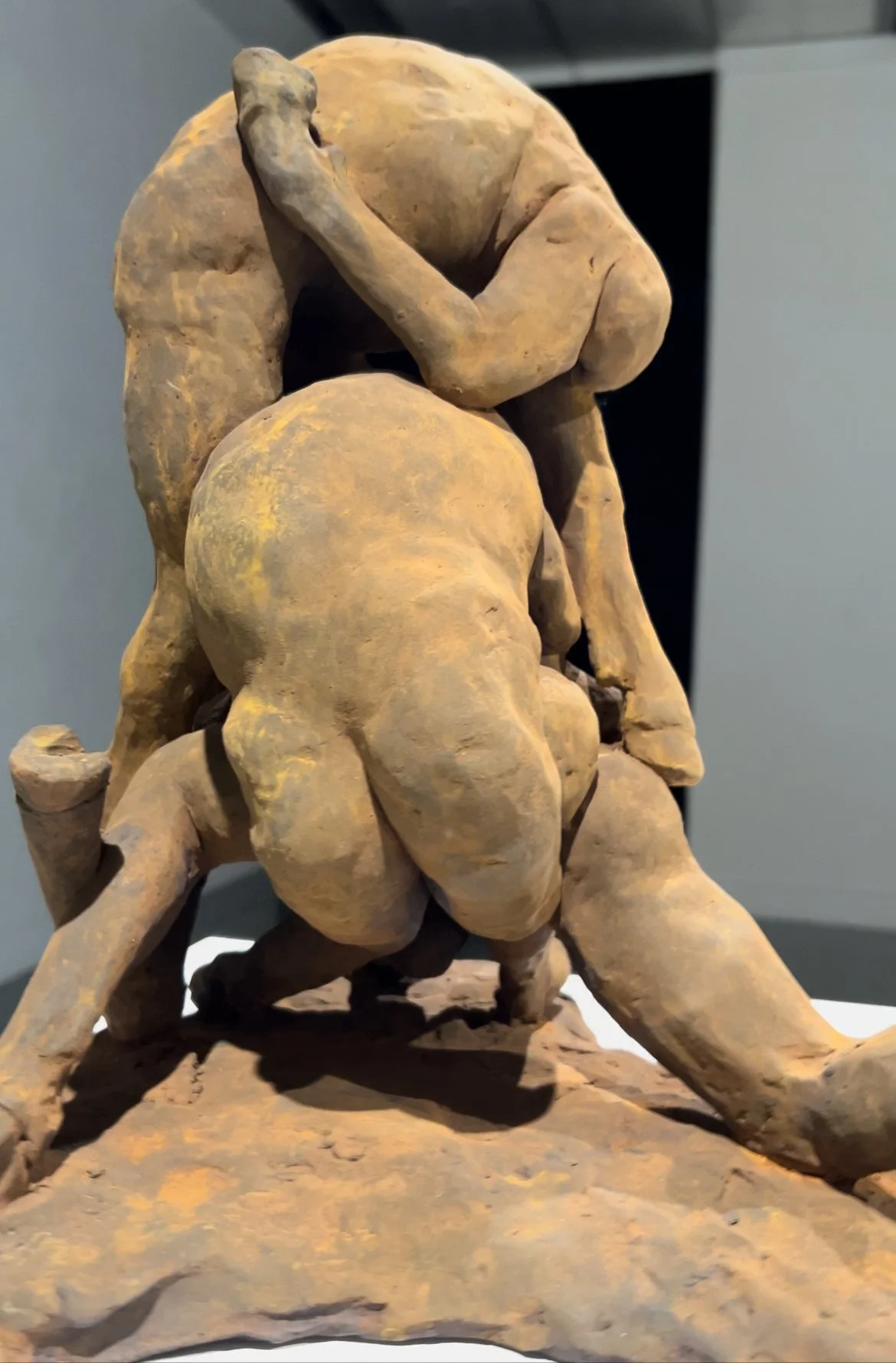How to go from an 8” X 10” paper to a field, Is the question ruminating in the back of my mind every day.
Unfortunately Bloomington is in between art supply stores. As a result I could not buy locally any paper larger than 8” X 10” . While I waited for an order to come in I pieced together 8 - 8” X 10” pages and scaled it up 2X.
When I scaled it up 2X I started seeing that I could take it to any size I wanted by using (X, Y) coordinates. I am using a 20” scale.
8- 8” X 10” paper to a make a 18” X 30” sketch.
How I could get a 83' × 54’ rectangular grid with right angles on a field was a big concern.
An idea came to me when I toured the charming Wylie House, a fascinating piece of history nestled just off campus. This historic gem, built in 1835, was once the cherished home of Andrew Wylie, the inaugural president of Indiana University.
The Wylie House master bedroom.
During my visit, the knowledgeable docent unveiled a captivating detail - the simple rope framework that upheld the mattress.
The antique bed’s rope framework that supports the mattress. What looks like a cup is the chamber pot.
A rope grid might be the answer to getting a proper rectangle With right-angled corners and grid onto a field.
This visual solidified my strategy for bringing the labyrinth design from paper to reality in an open field. The framework I need is 83’ × 54’ the vertical and horizontal ropes that cross every 20”. We can twist tie the coordinates together making the rectangle form.





